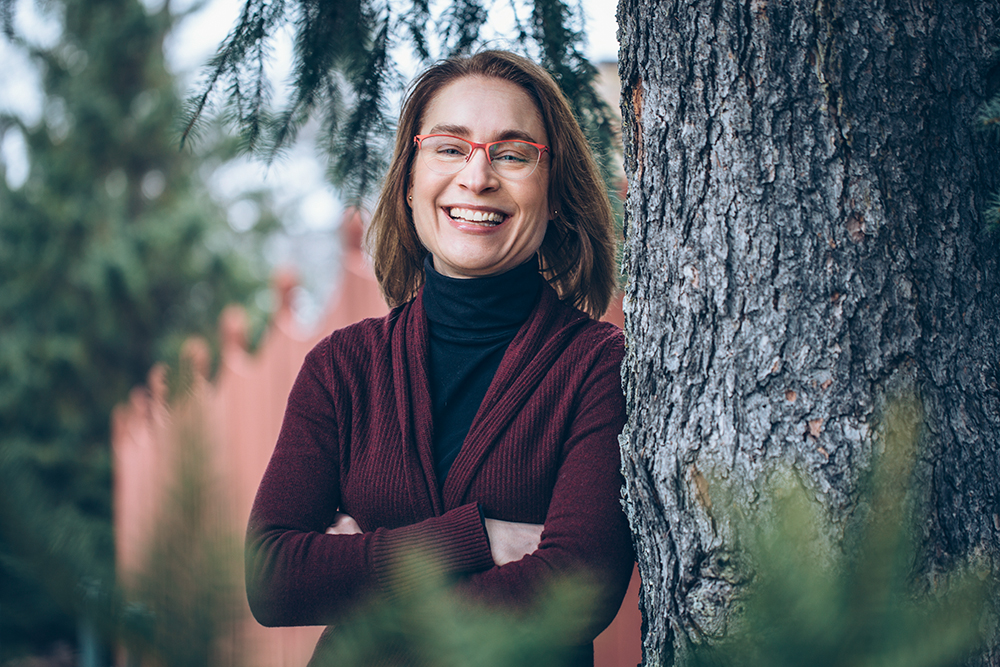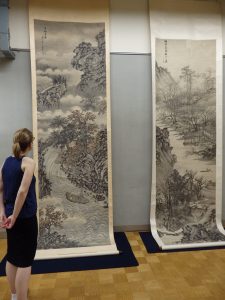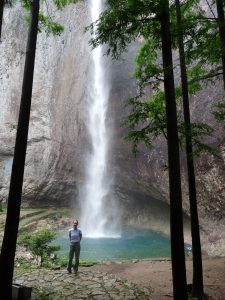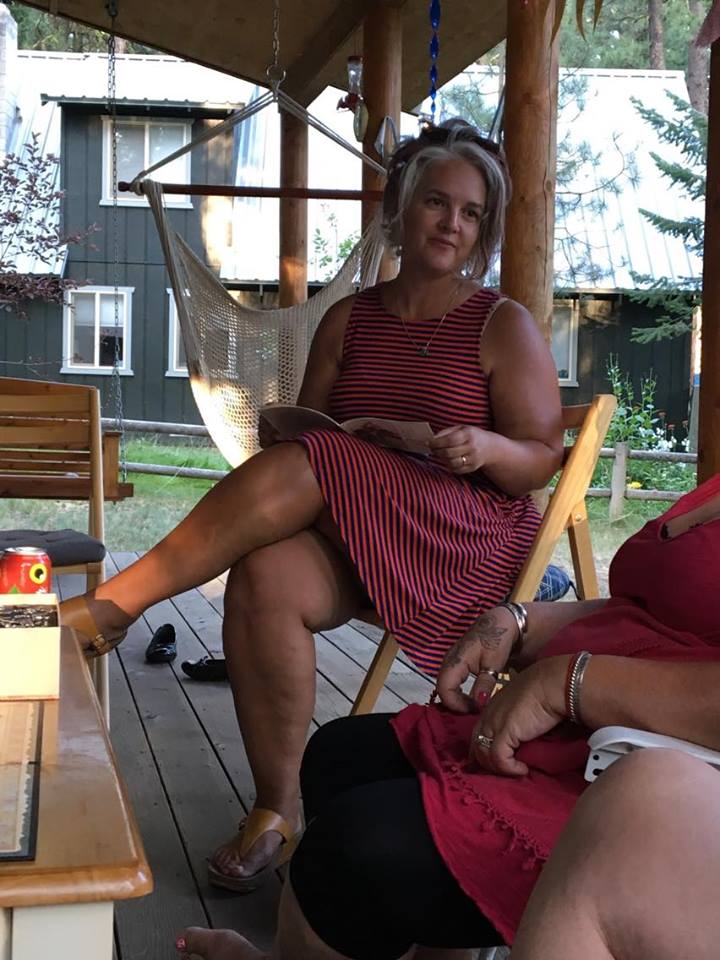
Get to know Master’s Program alumni in our series Life After Graduate School. In this week’s feature, meet Amy Pence-Brown. Amy currently lives in Boise, Idaho where she is an architectural historian, writer, and body image activist.
Why St. Thomas?
When we were considering moving to the Twin Cities from Oregon I began exploring universities where I could get a Master’s in Art History. There were (and are) so many great colleges in the Twin Cities but only one that had the program that I wanted – an interdisciplinary Master of Arts degree I could morph to fit my particular and unique goals and loves – architectural history and museum studies. Turns out St. Thomas had two experts in both areas teaching in the department at that time making it a perfect fit for me.
What was your favorite moment while a student at St. Thomas?
There were many significant moments but a few stand out in my mind as game-changers for me. When I first arrived in Minneapolis I was exploring the museums during the first week of classes and remembering walking into the Weisman Art Museum and hearing Bruce Springsteen blaring from the galleries. I was surprised and titillated to find an exhibition on his cover art curated by Dr. Colleen Sheehy, who was to be my museum studies professor at St. Thomas. It wasn’t long after that I was driving the streets of Minneapolis and looking at funeral home after funeral home and thinking more critically about our vernacular built environment thanks to my first class with Dr. Victoria Young and thus my thesis topic was born, combining my loves of mortuary science and architectural history. My Qualifying Paper topic was the history of the American funeral home.
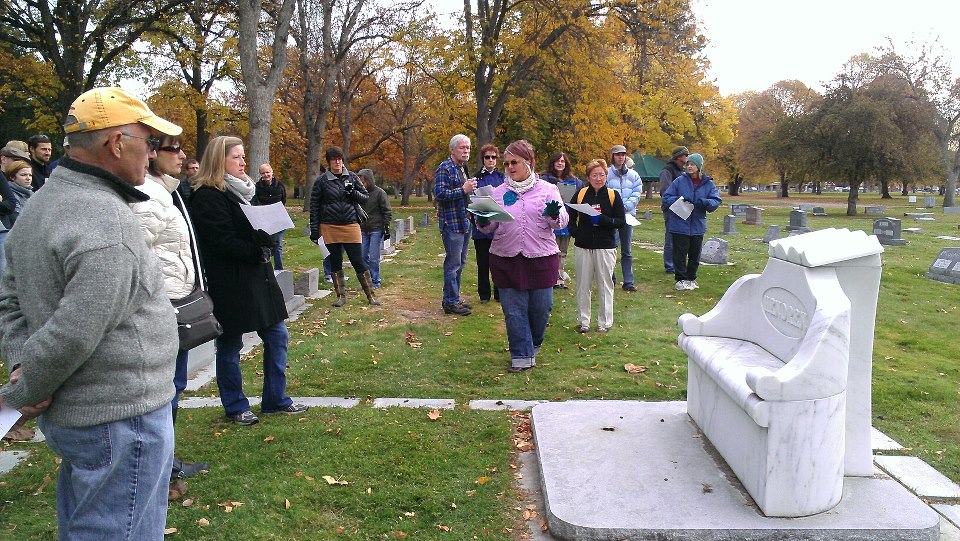
I also got pregnant with my first daughter while a grad student — so being pregnant, in the first stages of labor while attending a night class, and later doing field studies and primary research visiting and touring St. Paul mortuaries wearing baby Lucy in a Baby Bjorn were some of my most memorable moments. I love that the program allowed me to combine being a mother, an academic, a historian, and a burgeoning museum professional in my studies.
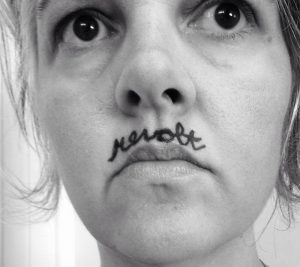
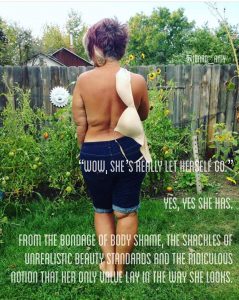
What are you up to these days? How did you get to where you are?
I am a writer, body image activist, artist, and historian living in Boise, Idaho. I have worked at many museums and have juried and curated numerous exhibitions. I also write for several local and national publications, and am an adjunct faculty member at Boise State University in the art department teaching special topics and the history of modern architecture. I also work as an architectural historian doing research, lecturing, writing and giving historic walking tours for Preservation Idaho, our statewide non-profit that works to educate about and advocate for Idaho’s historic built environment.

For the past seven years, I’ve co-curated Wintry Market, a handmade market for the holidays indie art & craft bazaar with nearly 80 regional artists. I also serve the children and youth of my community as a mother of three and as School Garden Coordinator for Hawthorne Elementary School. I have been a body image activist for the past 8 years and often use my body as a political vessel and canvas for my art. In 2015 I stripped down to a black bikini and blindfolded myself with a sign and markers in the farmer’s market in downtown Boise in the name of radical self-acceptance. A video of the performance, along with a blog post I wrote, went viral — to the tune of over 200 million views to date! My work and voice as a fat feminist mother gained international attention and I continue fighting for self-love and body positivity as a public speaker and educator, leader of the Boise Rad Fat Collective and founder of RADCAMP: A Body Positive Boot Camp for Feminists & Feminist Teens and just wrote the manuscript for my very first book.
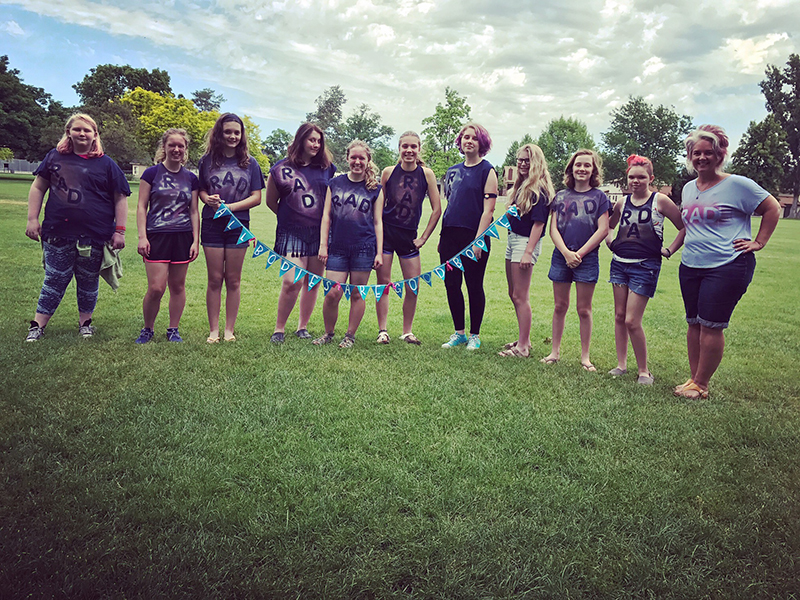
How has the time you spent in our graduate program influenced your career and life?
I do a lot of public speaking at universities, high schools, and junior highs, especially about body image and self-esteem, and I have always credited my academic studies – both undergraduate and graduate – as crucial to making me the educated historian and feminist I am today. My studies provided me with the foundation to make critical assessments and do research and ask a lot of questions before making decisions. It provided me with a deep love of books and understanding of who and what came before us, which is crucial if you’re an artist, architectural historian, activist, feminist, teacher or a mother.
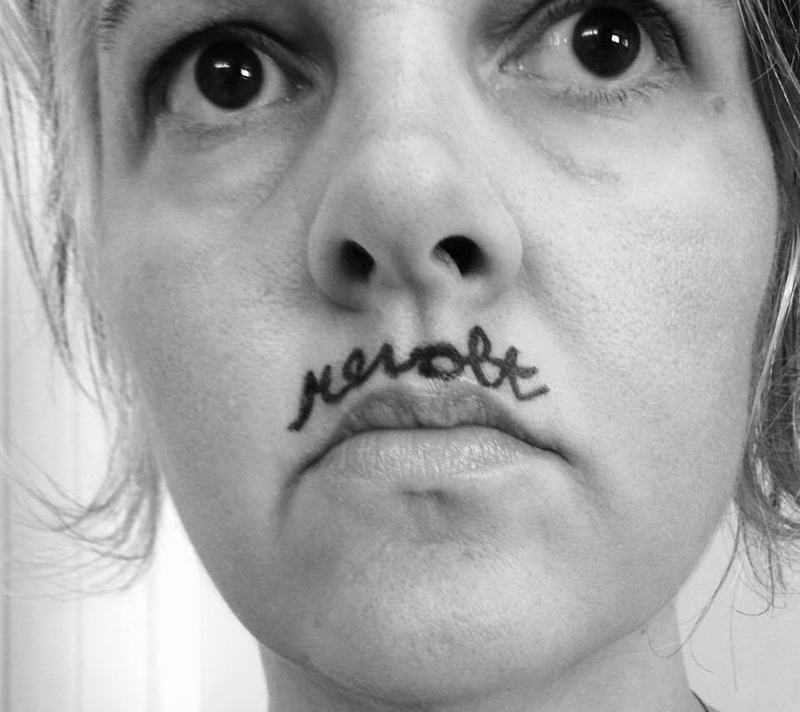
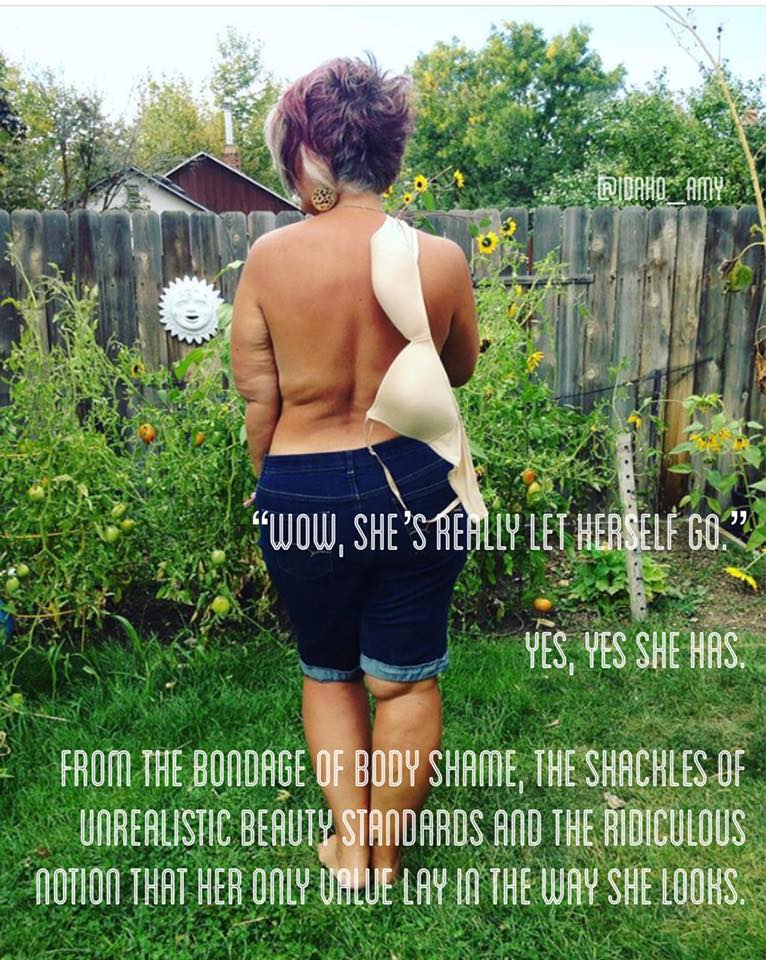
Advice for new and current graduate students?
I also share this bit of advice every time I speak to college students, as either a keynote or in small classroom lectures: I cannot overstate the importance of internships or volunteering as a student. It will boost your resume in amazing ways, give you great practical work experience and hopefully provide you with a qualified professional to write you a letter of recommendation or act as a reference for future studies or career opportunities. Additionally, I cannot overstate the importance of applying to present papers at conferences, either regionally or locally. Much like internships or volunteer opportunities, presenting at a conference bolsters your resume and professional and practical experience immensely. You’re also likely to learn a thing or two from other presentations and make some fun new professional connections!
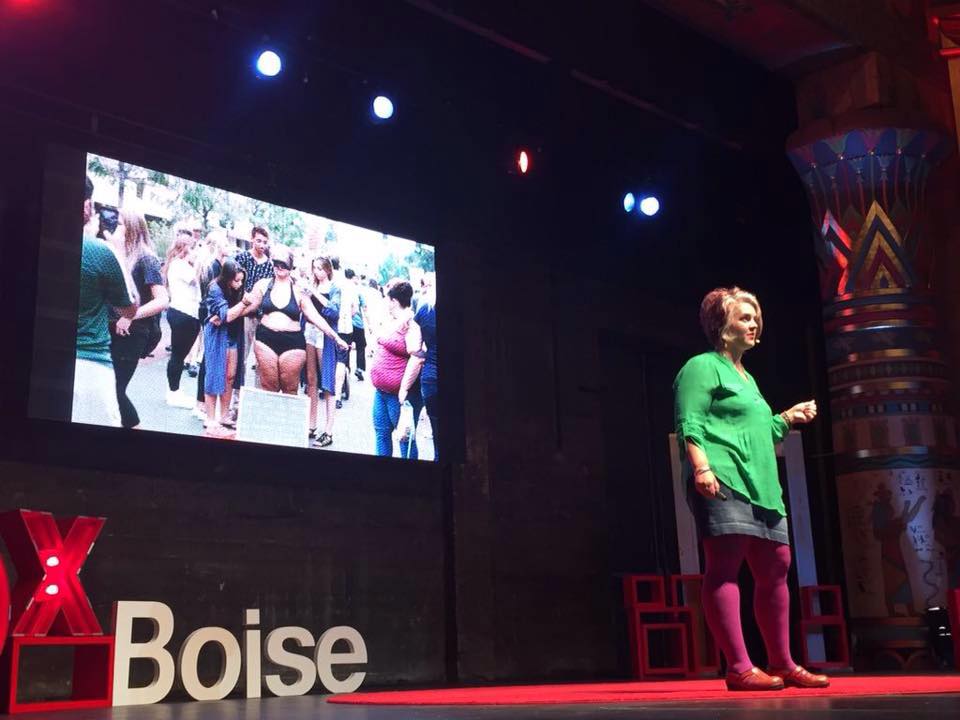
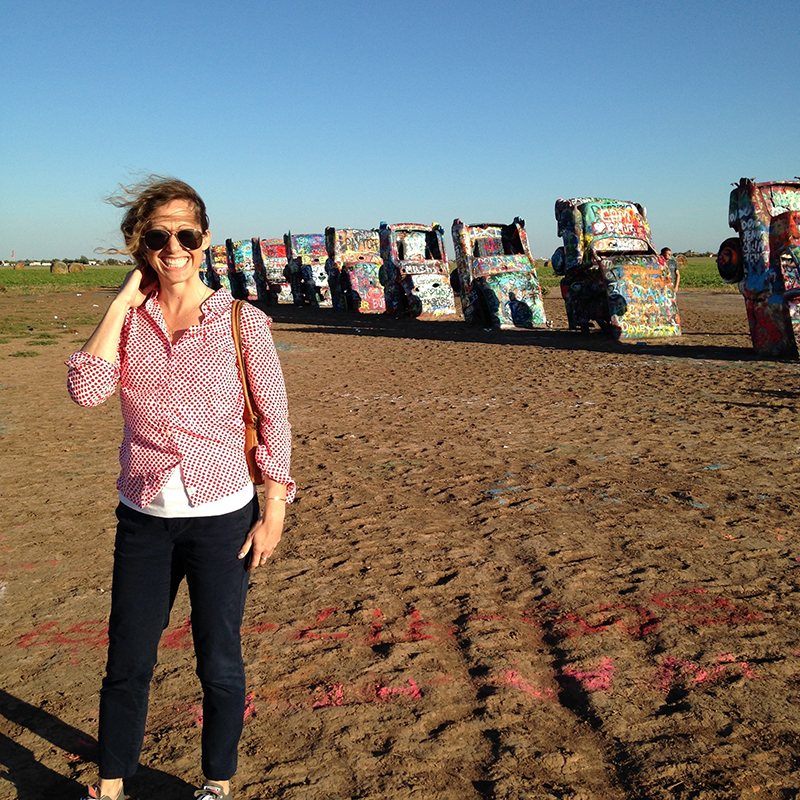
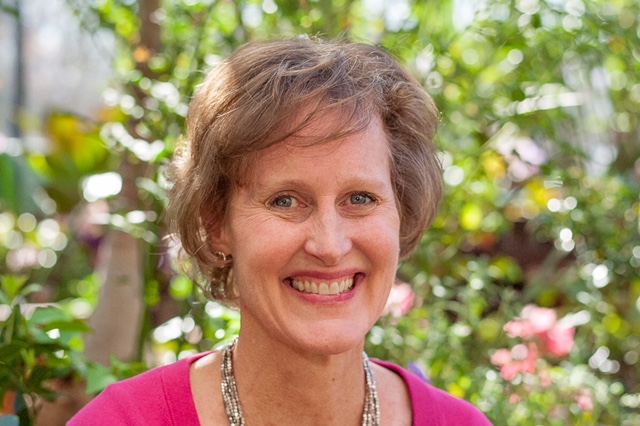









 Get to know Master’s Program alumni in our series Life After Graduate School. In this month’s feature, meet Rachel Houck (MA, 2017), Executive Director at the Excelsior-Lake Minnetonka Historical Society.
Get to know Master’s Program alumni in our series Life After Graduate School. In this month’s feature, meet Rachel Houck (MA, 2017), Executive Director at the Excelsior-Lake Minnetonka Historical Society.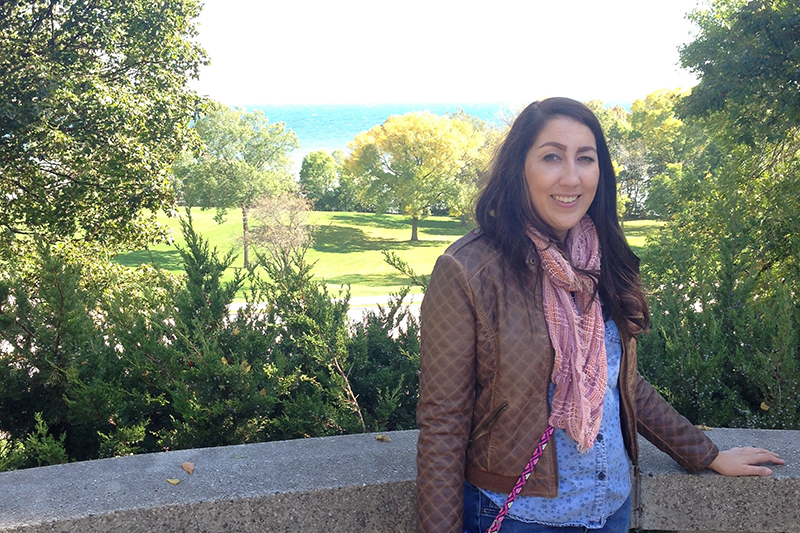 Get to know Master’s Program alumni in our new series Life After Graduate School. In this week’s feature, meet Rita Walaszek, a Master’s program alumna currently working in the museum collections of the Minnesota Historical Society.
Get to know Master’s Program alumni in our new series Life After Graduate School. In this week’s feature, meet Rita Walaszek, a Master’s program alumna currently working in the museum collections of the Minnesota Historical Society.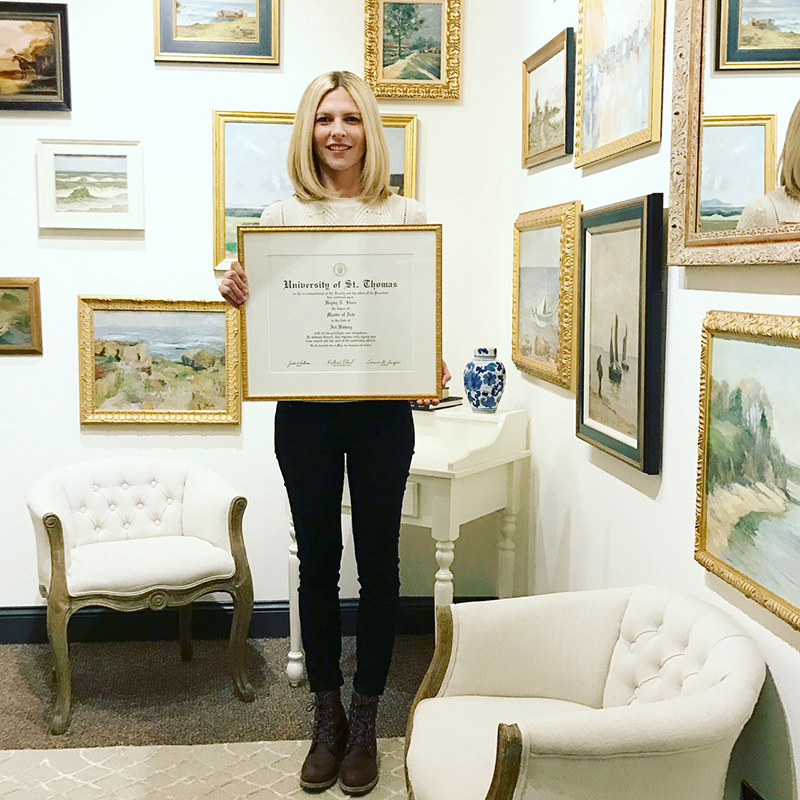 Get to know Master’s Program alumni in our new series Life After Graduate School. In this week’s feature, meet Hayley Stoen, Master’s program alumna and the mind behind
Get to know Master’s Program alumni in our new series Life After Graduate School. In this week’s feature, meet Hayley Stoen, Master’s program alumna and the mind behind 
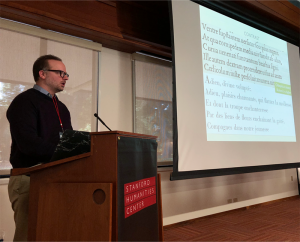
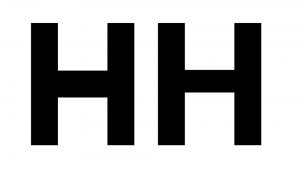 Factoid: Good type design requires a thorough understanding of optical illusions. For example, a horizontal stroke will look thicker to the human eye than a vertical stroke of the same mathematical width. And if that horizontal stroke is intended to be read as centered, it should be slightly above mathematical center. See the H of Helvetica Neue Bold on the right, which appears more graceful than the geometrically “correct” H on the left.
Factoid: Good type design requires a thorough understanding of optical illusions. For example, a horizontal stroke will look thicker to the human eye than a vertical stroke of the same mathematical width. And if that horizontal stroke is intended to be read as centered, it should be slightly above mathematical center. See the H of Helvetica Neue Bold on the right, which appears more graceful than the geometrically “correct” H on the left.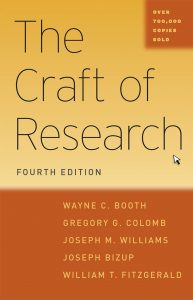 Best advice you have ever received?
Best advice you have ever received? 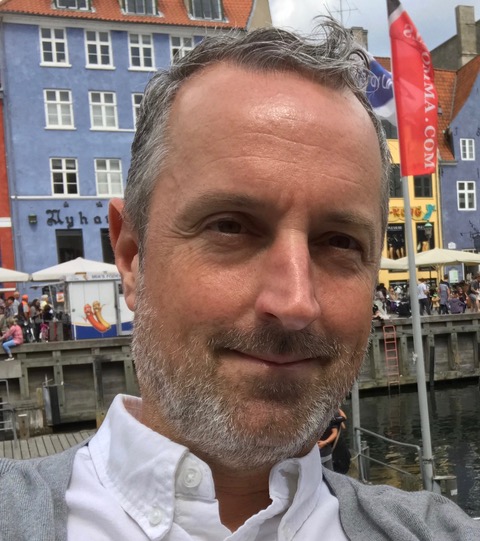
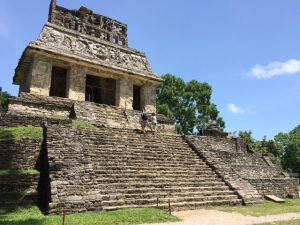
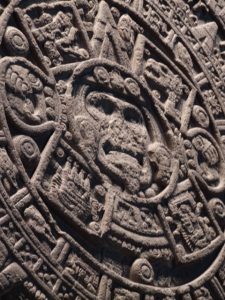
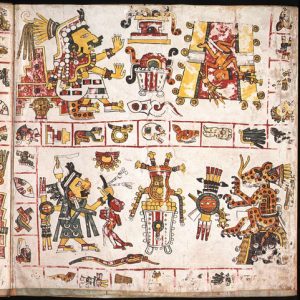
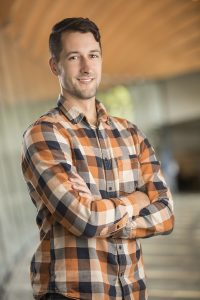 Get to know Master’s Program alumni in our new series Life After Graduate School. In this month’s feature, meet Alex Kermes, a Master’s program alum and Exhibitions Coordinator at Crystal Bridges Museum of American Art in Bentonville, Arkansas.
Get to know Master’s Program alumni in our new series Life After Graduate School. In this month’s feature, meet Alex Kermes, a Master’s program alum and Exhibitions Coordinator at Crystal Bridges Museum of American Art in Bentonville, Arkansas.